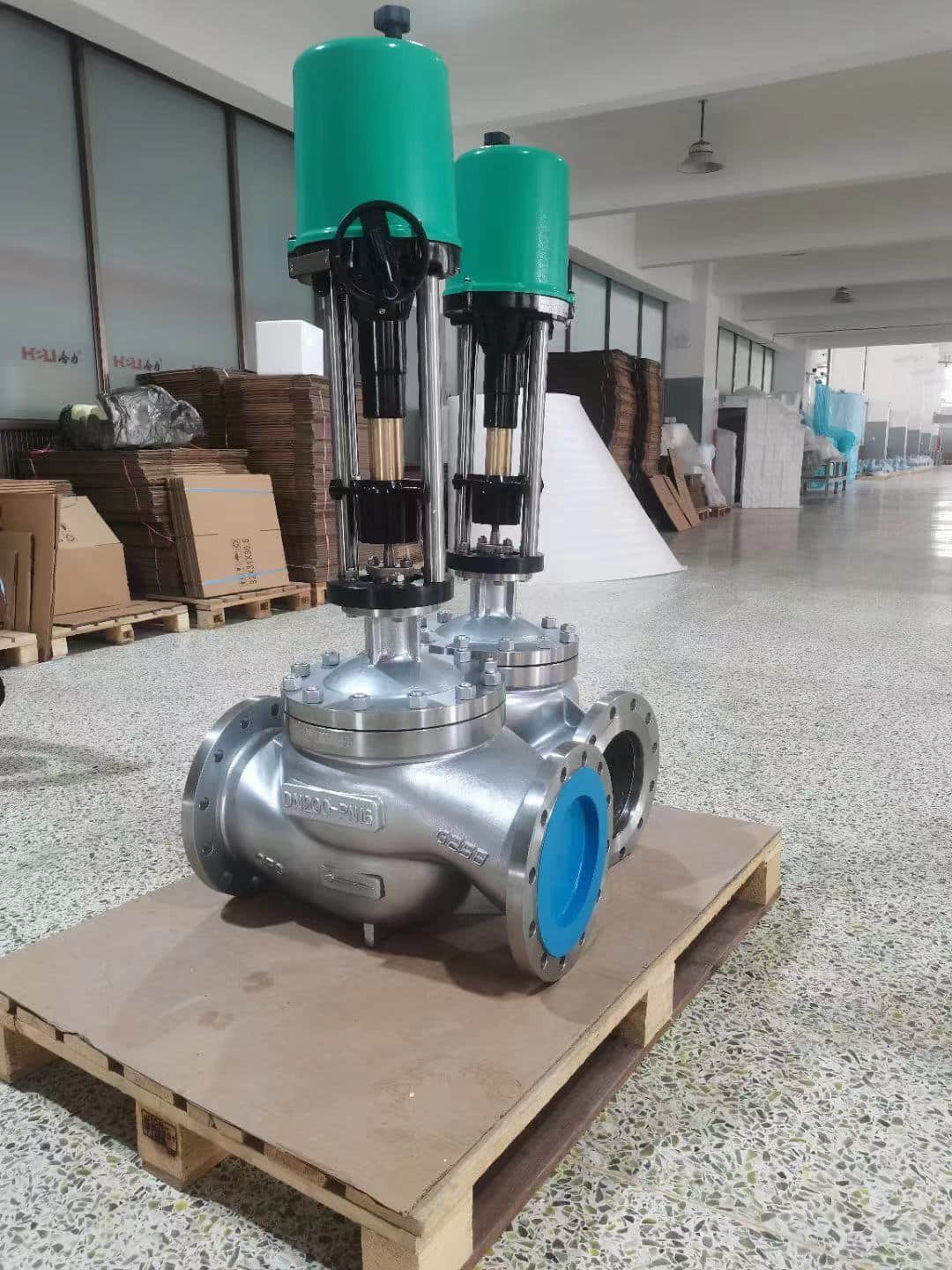understanding electric single seat regulating valve: functionality and applications
Release time:2024-11-15 19:27:41
Electric single seat regulating valves play a crucial role in various industrial processes by controlling the flow of liquids and gases. These valves are designed to offer precise regulation, making them ideal for applications where accurate flow control is essential. This article delves into the functionality, advantages, applications, and maintenance considerations of electric single seat regulating valves.

What is an Electric Single Seat Regulating Valve? An electric single seat regulating valve is a type of valve that utilizes an electric actuator to control its opening and closing mechanism. This valve consists of a single seat where the disc (or plug) moves against the seat to regulate the flow through the valve body. The electric actuator enables remote control and automation of the valve operation, allowing for better integration into process control systems.
Functionality
The electric single seat regulating valve operates based on the input signals it receives from a control system. This could be a simple on/off signal or a more complex control signal that dictates the valve's position. The actuator converts the electrical signal into mechanical movement, allowing the valve to open or close to a specified degree.

